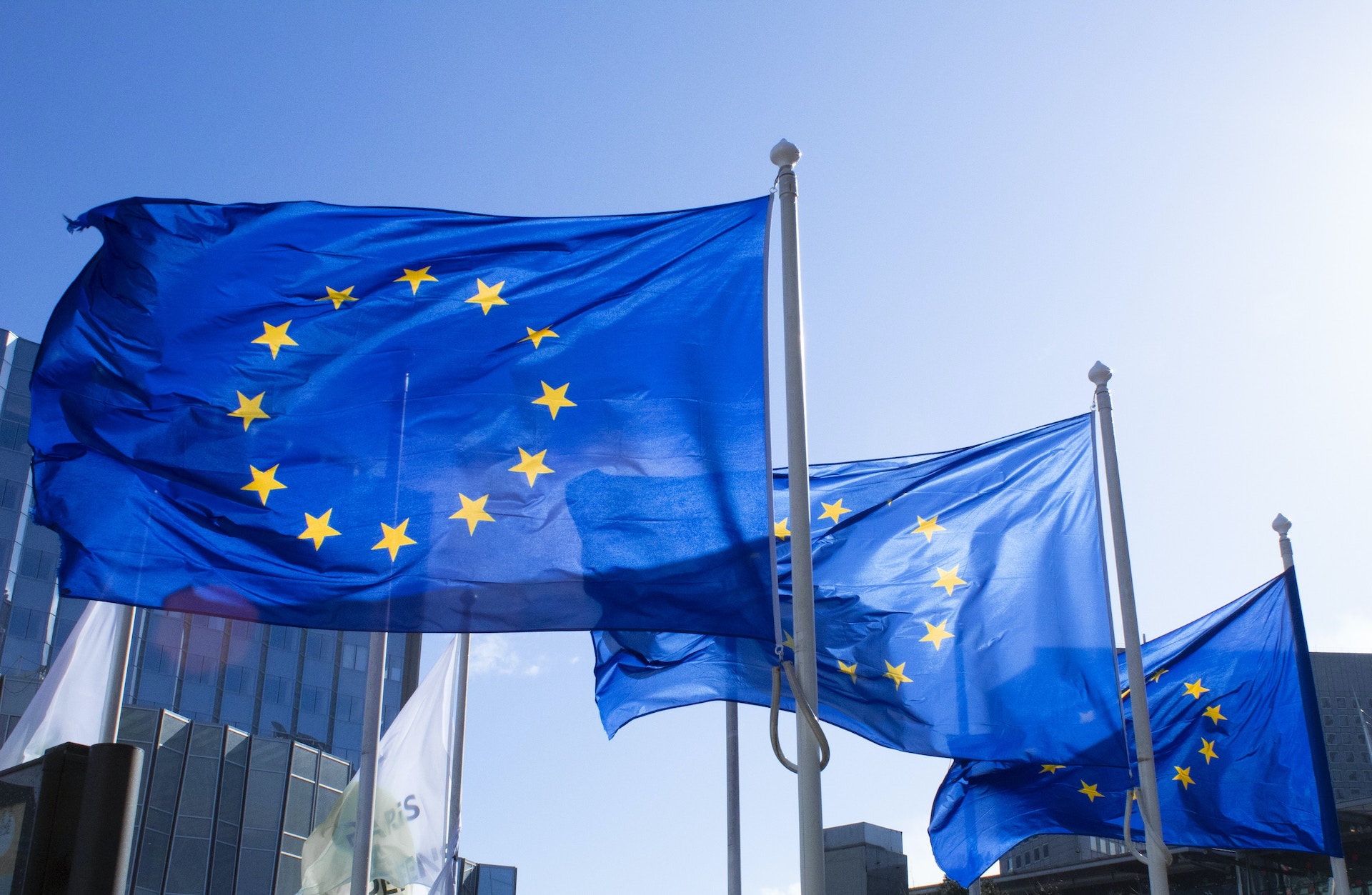The International Energy Agency (IEA) has raised concerns about the excessive concentration of global solar supply chains in China. With solar photovoltaic technology becoming the most cost-effective method of power generation in many regions, the IEA emphasizes the need to diversify production capacity for key components to reduce vulnerability and ensure a stable supply of solar panels worldwide.
China's Dominance in Solar Manufacturing:
China currently holds a significant share of manufacturing capacity for essential elements of solar panels, including polysilicon, ingots, wafers, cells, and modules. In 2021, it accounted for 79% of polysilicon manufacturing capacity, a critical component for solar panels. Moreover, China is projected to produce nearly 95% of the world's polysilicon in the near future.
Concerns of Concentration and Vulnerability:
The IEA warns that such a high level of concentration poses a considerable vulnerability in global solar supply chains. Relying heavily on a single country for the majority of manufacturing capacity can lead to disruptions in supply, impacting the expansion of solar energy and potentially hindering progress towards emissions reduction targets.
The Need for Diversification:
To mitigate this risk, the IEA stresses the importance of diversifying solar manufacturing capacity to other regions. Doubling the current capacity of key solar panel components, including polysilicon, ingots, wafers, cells, and modules, is crucial to meeting emissions reduction targets by 2030. By promoting the production of these components in multiple countries, the global solar supply chain can become more resilient and reduce the dependency on a single manufacturing hub.
Reducing Vulnerability and Ensuring Stability:
By expanding solar manufacturing capacity beyond China, the global community can mitigate the risks associated with concentrated supply chains. Establishing production facilities in different regions enhances supply security, reduces potential disruptions, and safeguards the stability of solar power generation. This approach aligns with the broader goal of promoting renewable energy sources and achieving a sustainable energy transition.
Conclusion:
The concentration of solar supply chains in China raises concerns about the vulnerability and stability of global solar panel production. To address this issue, the IEA emphasizes the need to diversify manufacturing capacity for key solar components, such as polysilicon, across multiple countries. By reducing dependence on a single supplier, the international community can mitigate risks, ensure a stable supply of solar panels, and accelerate the global transition to clean and sustainable energy sources.



